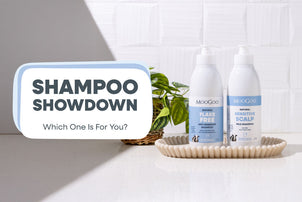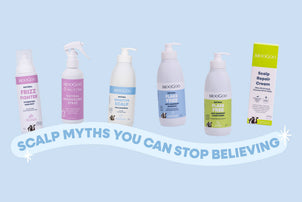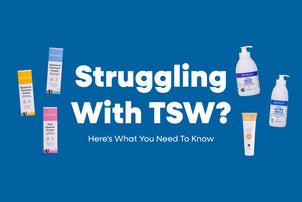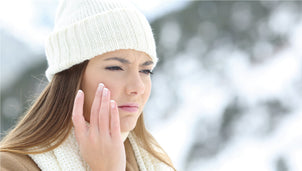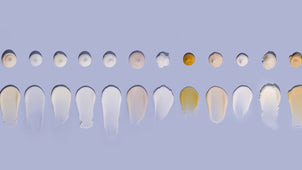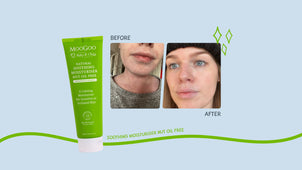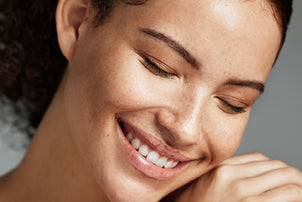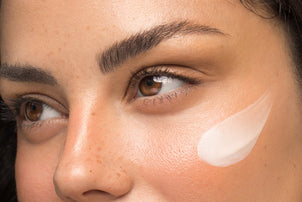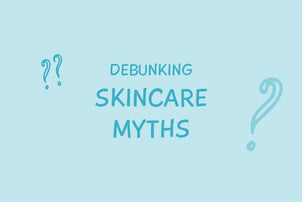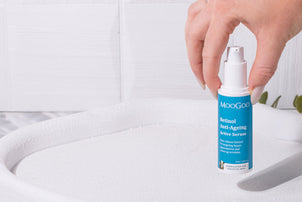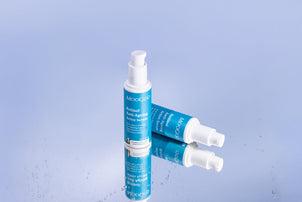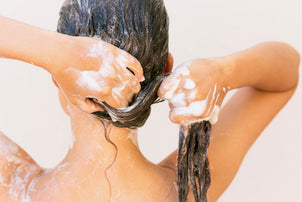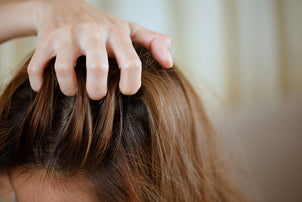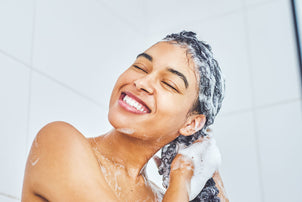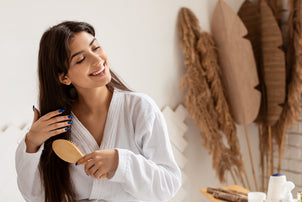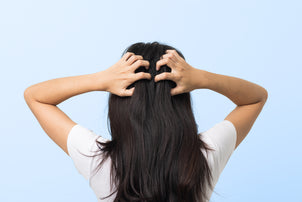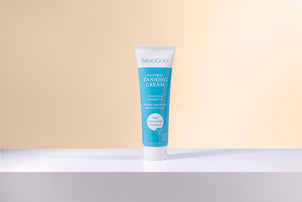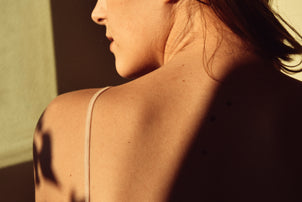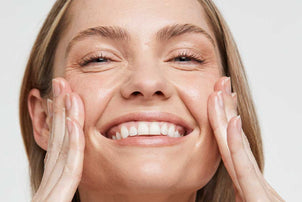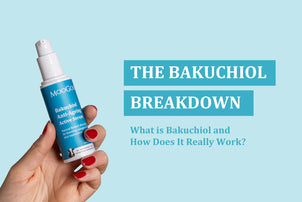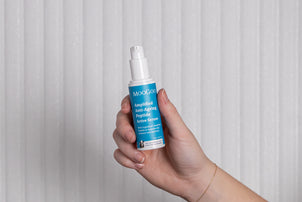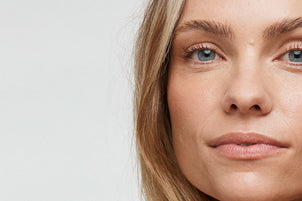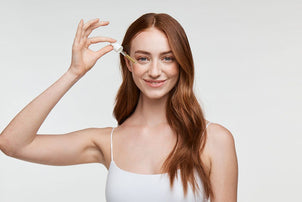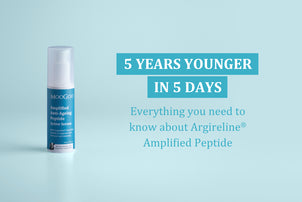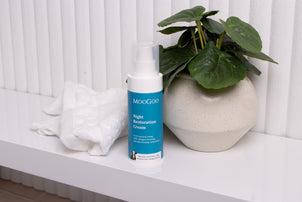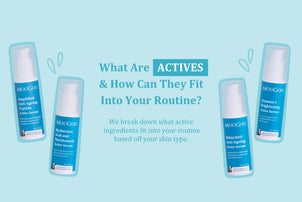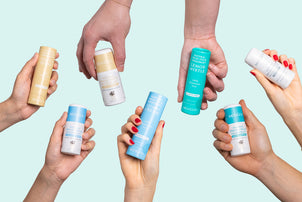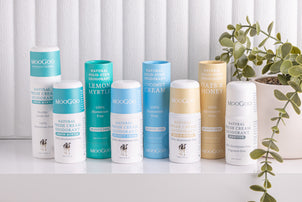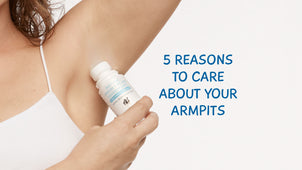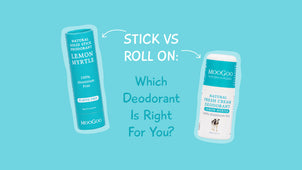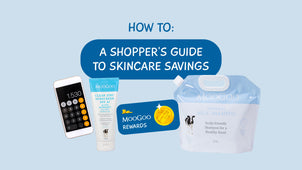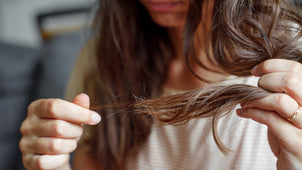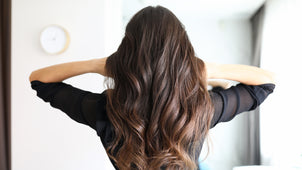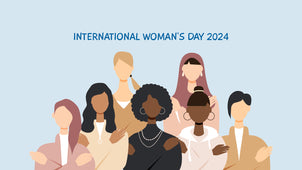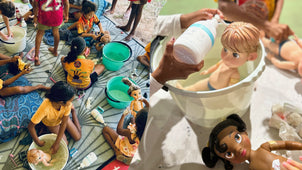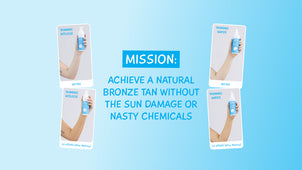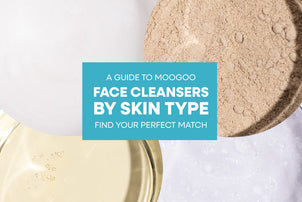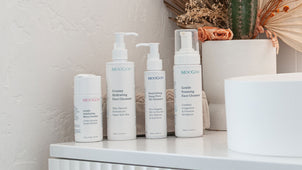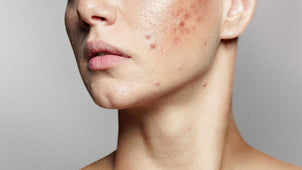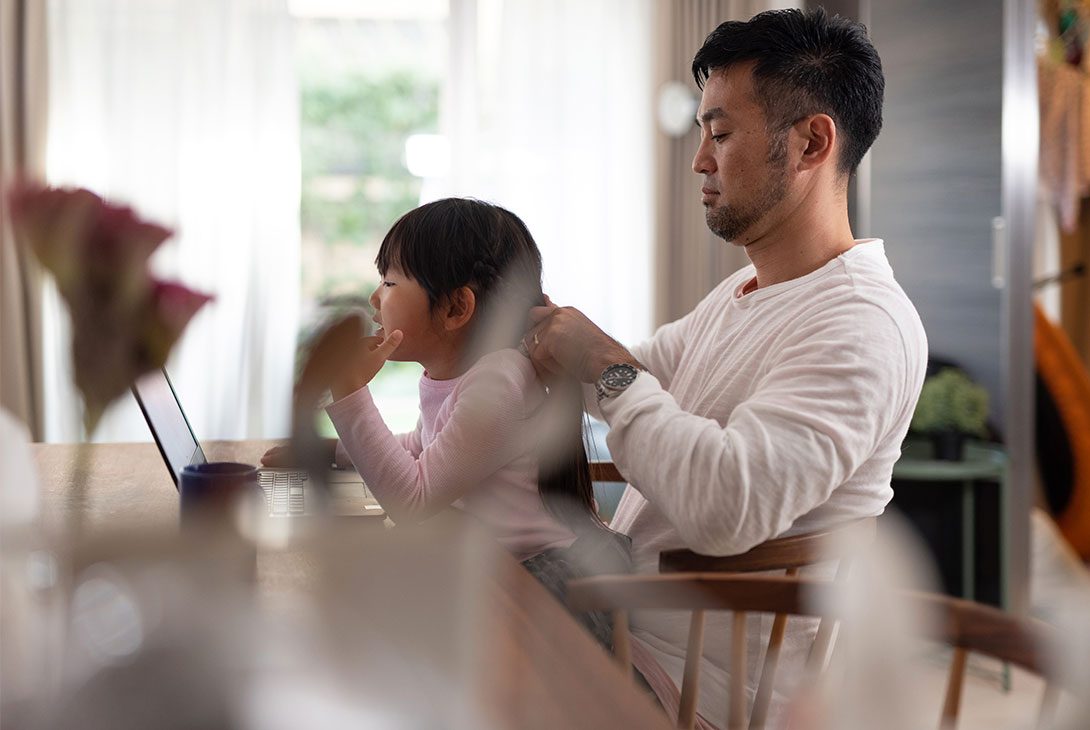
How To Tell If Your Child Has Lice
Nothing good comes in an envelope from your child’s school. Peanut allergies, excursion fees, and those never-ending requests insisting you stop wearing your pyjamas to the morning drop-offs? But worst of all…the most inconvenient…the head lice outbreak.
So, now you know there’s an outbreak, here’s a few tricks and facts to help you detect, find and destroy those little pesky pests.

How to get rid of head lice.
The only way to get rid of head lice is to use a powerful head lice and nits removal cream. But usually, the stronger they are, the more damaging… well, usually. Our killer natural head lice treatment ‘Head Lice & Eggs Destroyer Kit’ although strong, is very gentle and made with only natural ingredients. An added bonus to that means the smell is subtle and virtually undetectable! Our gentle, non-smelly head lice treatment makes what was an uncomfortable (at best) process to quite a nice bonding moment between you and your child. Did we mention the kit comes with an adorable cow shower cap designed to help the cream soak into the hair?! … See. Nits can even be fun.
Remind me, what is head lice?
Head lice are small, wingless, 6-legged, blood-sucking insects that want to live in your hair and feed on your scalp (no thank you!). They are stubborn little tricksters that are very clever at hiding, very fast at running and experts at being annoying. They have been around ever since humans had hair, and they, unfortunately, aren’t disappearing any time soon. So, if you have small children or grown children, or simply just ‘hair’, it’s a good idea to be in the know with all the facts.

Head lice symptoms?
Obviously, the biggest one we all know is an ITCHY head. I bet you have an itchy scalp now just reading this! But yes, an itchy scalp or the sensation of tingling or crawling over the scalp is another tell-tale sign that there may be head lice and nits around. But did you know that it can take weeks for kids with lice to start scratching at all? Yes, it’s true.
Here’s why: Scratching is a reaction to the lice bites (ew) and saliva of the lice (double ew), and not all people have a reaction to either. Soo there are times when head lice can go undetected altogether. That’s why it’s important to physically search for the lice themselves and the bites they leave behind.

How to check for head lice?
For young children we recommend fortnightly searches. Because our Head Lice & Eggs Destroyer Kit is so effective we only recommend using it when there is an active infestation. However, checking for headlice should be done regularly. Dry searches are good when you’re in a pinch for time, however lice and nits can move up to 30cm a minute and so are very difficult to find. The best and most accurate way to find them is wet combing.
Here’s how: First, grab your MooGoo Cream Conditioner and coat the hair with a thick layer, or use our Protein Shot Leave-In Conditioner, and comb through while sitting on the couch! Both will give you the slip you need. Section the hair using a regular comb and then using the MooGoo Head Lice Comb, comb through each section at least 5 times from root to tip. Take a moment to check the base of the neck and behind the ears as head lice run to these little nooks and crannies when they’re bothered. If you find at least one, it’s time for the Head Lice & Eggs Destroyer Kit.
What does headlice and lice bites look like?
When searching for head lice there is a lot to look out for. A nit refers to the egg’s shell. It’s a whitish-yellow speck about a millimetre in length so you’ll have to look closely. You’ll find it cemented to an individual hair strand close to the scalp. A nit is about the size of a small flake of dandruff and is often mistaken for that.
A nymph (young louse) is the same size as its egg and much more difficult to spot. Nymphs are usually between 1.1 and 1.3 millimetres, and tan or white in colour. A louse (adult) is about the size of a sesame seed. Mature adults don’t tend to grow larger than 2 millimetres, and female lice are larger than males (girl power!).

Can head lice live on pillows and sheets?
Head lice and nits need the blood of humans to survive and can only survive 48 hours away from the scalp. Therefore, it is possible to catch head lice from sharing bedding, pillows, hats, hair-ties and any other item that comes in contact with your head (snorkel?). We recommend washing all bed linens, stuffed animals, and clothing used during the 2 days before treatment. Vacuuming carpets and any upholstered furniture in your home or car and soaking hair-care items like combs, barrettes, hair ties, headbands, and brushes in hot water. Fun times!
How do you get lice?
Head Lice are very inclusive and will live on people of all ages, genders and economic backgrounds. Although they are particularly common with children, absolutely everybody is at risk of becoming an involuntary landlord. Head lice can breathe under water, sprint, and make a wicked martini but they cannot jump (pathetic, really). Therefore, the only way to catch head lice is with direct head-to-head contact.

Head lice life cycle
The lice cycle (see what we did there?) of a louse begins as an egg, also called a nit, also called the devil’s spawn. They glue themselves onto the hair strand and are impenetrable from that day forward. In fact, the glue is so strong it’s actually cemented to the hair shaft and it’s impossible to remove. The only way to treat them is to wait until they hatch.
After 7 to 10 days, that egg decides to hatch and becomes what is known as a nymph, or a young louse. The young louse then embarks on its journey of self-discovery and exasperating blood-sucking. Warning: they grow up so fast! Then low and behold the young louse matures into an adult louse within 9 to 12 days. Mature lice live for about three to four weeks, but before they die, they’ve had the chance to lay between 4-5 eggs a day. That’s a lot of nits!!!

Head lice prevention
Unfortunately, Head Lice is so common, and kids being kids there is little that can be done to prevent it. The most effective prevention is to avoid sharing any upper body clothing. But the most important thing to do is to educate your children on head lice so they are aware not to do those certain things while they’re at school like touch heads with their friends while checking out a Tik Tok video on an iPad.
And that’s that. Head lice are annoying and inconvenient but unfortunately, they’re just a fact of lice *lice! Sorry, they’re just a fact of life. If you have any other tips, tricks and secret family methods for dealing with nits and lice, please let us know in the comments below. Any other questions, fire away.



